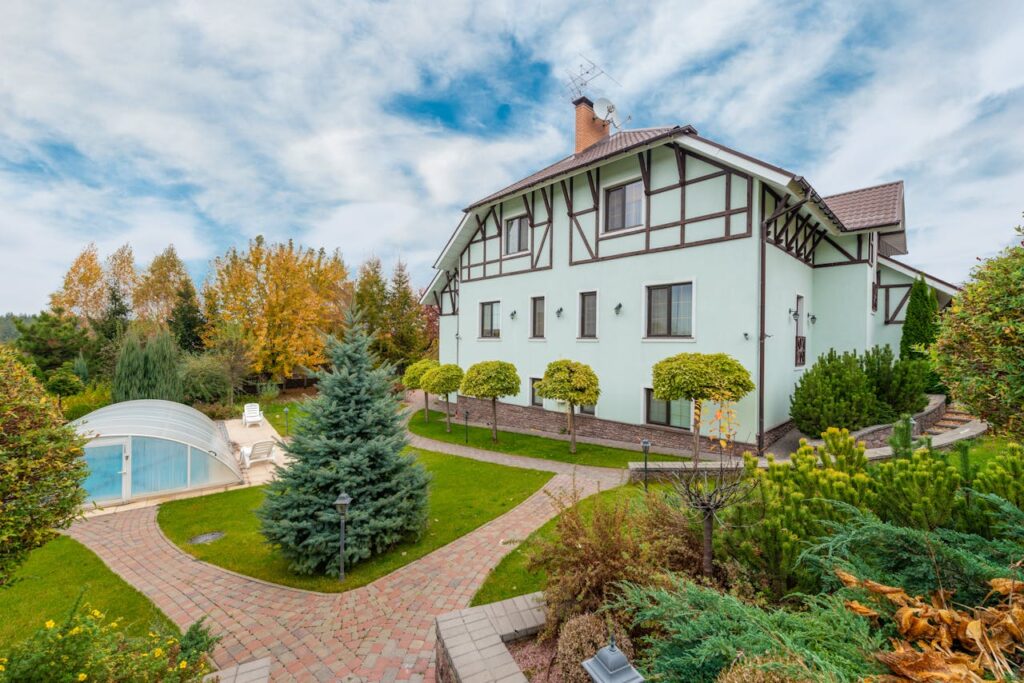If you’re looking to buy a property in New South Wales (NSW), you may come across the term “strata.” Strata is a unique system of property ownership and management that applies to many residential and commercial properties in NSW, particularly apartments, townhouses, and some commercial buildings. Understanding what strata entails is essential for anyone looking to purchase, live in, or invest in these types of properties.
The Basics of Strata in NSW
Strata is a form of property ownership where individuals own a portion of a larger building or complex—usually a unit or apartment—while sharing ownership and responsibility for common areas. These common areas can include amenities like gardens, hallways, lifts, and swimming pools. The concept of strata was first introduced in Australia in the 1960s, and it has since become a widespread method of property ownership, especially in urban areas like Sydney.
In a strata scheme, property owners hold title to their individual units (known as a “lot”) and collectively own the common property through a legal entity known as the owners corporation. The owners corporation is responsible for managing and maintaining the common property, and it is governed by a set of by-laws and a committee elected by the lot owners.
How Strata Ownership Works
When you purchase a strata property in NSW, you essentially own two things:
- The lot: This refers to your individual unit or apartment, which you own outright. You are responsible for maintaining your own property and any repairs or upgrades within your lot.
- Common property: These are shared areas that are collectively owned by all the lot owners. Common property typically includes driveways, gardens, shared roofs, lifts, and other communal facilities. The maintenance and management of these areas are handled by the owners corporation.
The Role of the Owners Corporation
The owners corporation, also known as the body corporate, is made up of all the owners within a strata scheme. The owners corporation is responsible for:
- Maintaining and repairing common property
- Collecting levies from owners to cover the costs of upkeep
- Managing the strata scheme’s finances, including insurance and repairs
- Setting and enforcing by-laws that govern the behaviour of residents
Every owner within a strata scheme is automatically part of the owners corporation and has voting rights on decisions related to the management of the common property. Regular meetings are held where owners can discuss and vote on matters such as budgets, repairs, and upgrades to common areas.
Levies and Fees in Strata
Owning a strata property means that you will need to contribute to the upkeep of the common property through regular payments known as strata levies. These levies are collected by the owners corporation to cover maintenance costs, insurance, and other expenses related to the running of the strata scheme.
There are typically three types of levies:
- Administrative Fund Levy: This covers the day-to-day expenses of the scheme, such as cleaning, gardening, and routine repairs.
- Capital Works Fund Levy: This is a long-term fund used for major repairs and upgrades to common property, such as replacing a roof or upgrading the building’s lifts.
- Special Levies: These are sometimes raised for unexpected expenses, such as emergency repairs.
The amount of levies you pay depends on the size of your unit and the overall costs of maintaining the building. It’s important to factor these ongoing costs into your budget when purchasing a strata property.
Advantages of Strata Ownership
There are several benefits to buying a strata property:
- Shared responsibility: Owners share the cost of maintaining common areas, which can make it more affordable than maintaining a standalone house.
- Amenities: Many strata properties come with shared amenities such as pools, gyms, and gardens, which can enhance the lifestyle of residents.
- Community: Living in a strata scheme often fosters a sense of community, as owners work together to maintain the building and create a pleasant living environment.
Challenges of Strata Ownership
However, there are also some challenges to consider:
- Strata levies: The cost of strata levies can be high, particularly in large or older buildings that require a lot of maintenance.
- By-laws and restrictions: Strata schemes are governed by by-laws that can limit what you can do with your property. For example, you may need permission to make renovations, keep pets, or use common areas in certain ways.
- Decision-making process: Decisions about the common property are made collectively by the owners corporation. This can sometimes lead to disagreements or delays in making important decisions.
Example of Strata in Action
Let’s say you buy an apartment in a strata building in Sydney’s Inner West. Your lot is a two-bedroom apartment, but you also have access to shared facilities such as a rooftop garden and a gym. The owners corporation is responsible for maintaining these areas, and you contribute to the cost through your strata levies.
At an owners corporation meeting, it’s decided that the building’s lifts need to be replaced. A special levy is raised to cover the cost, and all the lot owners are required to contribute according to the size of their units. As a result, you pay your share of the levy, and the new lifts are installed, benefiting all the residents.
Conclusion
Strata ownership is a common and practical way to own property in NSW, especially in urban areas where apartments and townhouses dominate the market. While it comes with certain responsibilities and costs, it also offers benefits such as shared amenities and maintenance. If you’re considering buying a strata property, it’s essential to understand the workings of the strata scheme, the role of the owners corporation, and the ongoing costs involved to make an informed decision.


